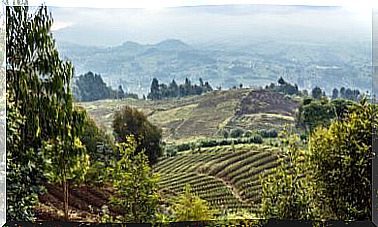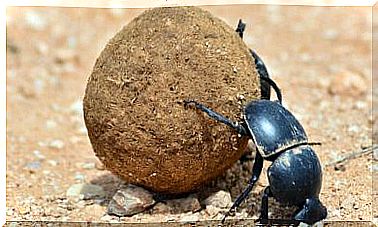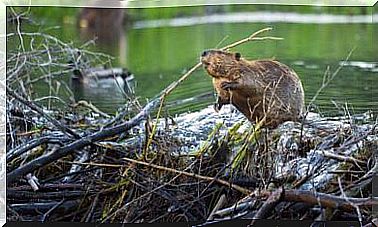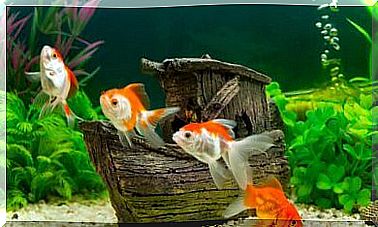Key Species: Do You Know What It Is?
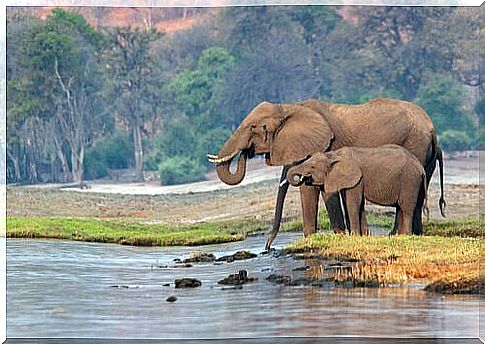
While all biodiversity is important to sustaining our daily lives, there are species that are key to our survival, as their absence would wipe out the habitats on which we depend. Do you want to meet some of them?
What are the key species?
In ecology, we speak of key species when they have disproportionate effects on the nature around them, although there aren’t many specimens. This is usually due to their role in the food chain, which makes their absence noticeable.
The clear example of these key species is many predators, without which the number of certain herbivores would increase and the ecosystem would be modified, often eliminating many plant species which, in turn, are vital to other animals and insects.
The Yellowstone Example
The most famous case is probably the wolves in Yellowstone National Park. After their disappearance, these predators were reintroduced and the ecosystem changed completely.
Deer had multiplied significantly and lost their fear of certain areas, where they ended up with herbaceous plants, causing erosion and changes in river beds.
These rivers began to lose their lives, as well as the number of small plants, which had effects on small birds, bears and other animals. The return of the wolves brought an apparent rebalancing to the natural park, so it is considered a classic example of key species.
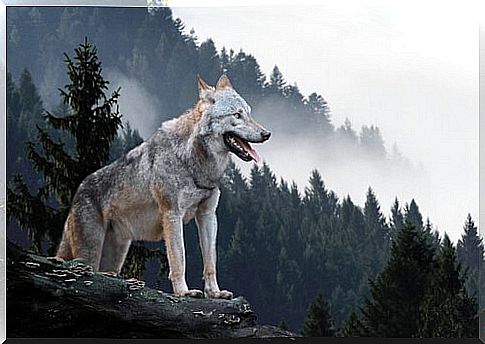
Starfish and sea otters: key species
It was Robert Paine who proposed the term key species after demonstrating the dramatic effects of the disappearance of an animal such as a starfish.
This man was dedicated to removing these animals from a beach, which led to the disappearance of many species, since starfish are great predators.
The sea otter is another species that controls the sea urchin, so it has been observed that in areas where orcas and other animals consume sea otters, submerged forests of laminaria and other species disappear.
This shows that key species need not be large predators, as is the case with the wolf.
The ecosystem engineers
Other important species are those that transport nutrients and other living things. One example is the brown bear, which consumes salmon, transmitting ocean nutrients to the forest. In addition, it consumes large seeds which it then displaces through its feces.
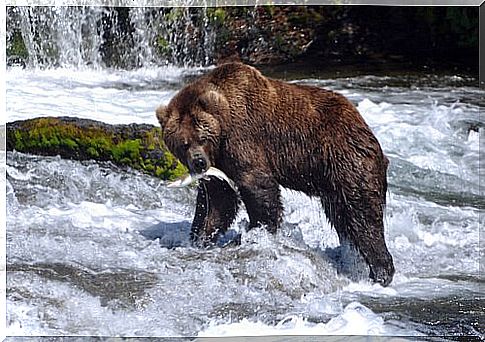
Likewise, animals such as elephants also modify the ecosystem by destroying it. Without these large herbivores, the savanna ecosystem would not exist and would give way to forests. That’s why the disappearance of the last mammoths in Europe possibly brought the return of forests.
There are even clearer examples, such as beavers, who create dams and are literally engineers. These dams end up turning into swamps and wetlands that are a source of life.
Humans depend on these ecosystems, which is why we must protect the key species that guarantee our survival.


